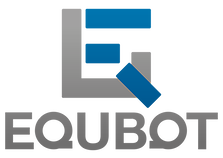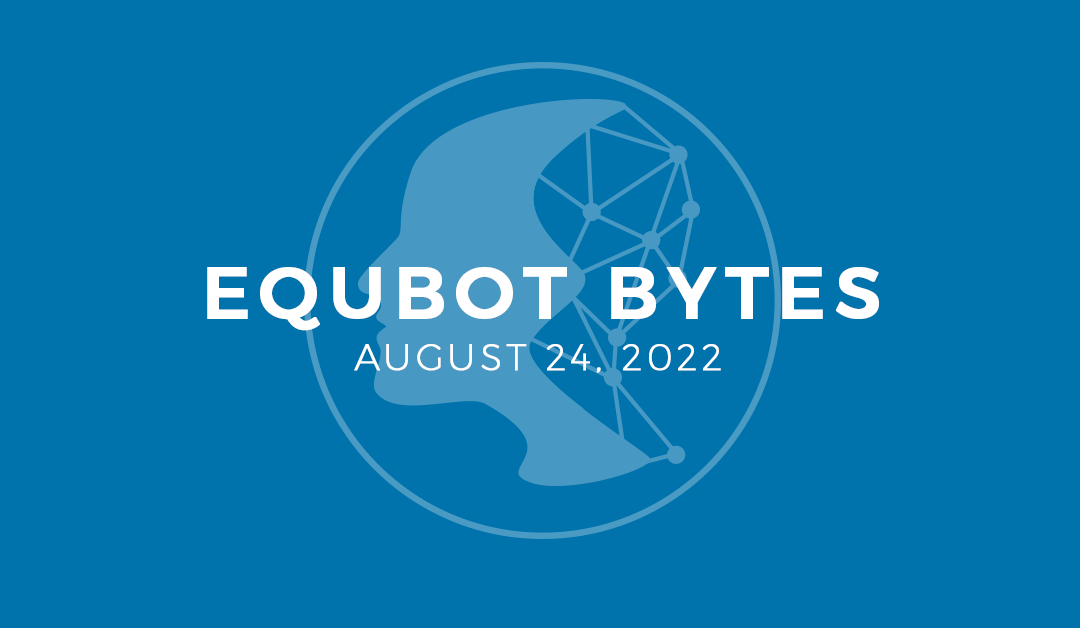Last week global equities were modestly lower, ending four weeks of advances. The yield on the 10-year Treasury note rose ten bps to 2.95% and the price of a barrel of WTI oil fell to $88.50 from $92 a week ago. Volatility, as measured by the VIX rose to 20.7 from 19.2 and AI risk indicators still show elevated forecasted volatility.
A key theme exhibited by all EquBot AI portfolios are underweights to the information technology and health care sectors. News supporting the underweight included data related to US President Joe Biden’s Inflation Reduction Act. The bill extends Affordable Care Act subsidies for two years and allowing Medicare to negotiate prices for certain prescription drugs adding regulatory and pricing friction to health care sector names. The law creates a new 15% alternative minimum tax on corporations with at least $1 billion in income, a 1% tax on stock buybacks which will notably impact large technology operations.
Structured and unstructured data show ongoing housing pressure. A measure of sentiment among US homebuilders fell in August as the National Association of Homebuilders Market Index fell to 49 from 55 in July. System forecasts show higher mortgage rates negatively impacting demand for new and existing homes. In July, housing starts fell 9.6% from the prior month to their slowest pace since Q1 2021, while existing homes sales declined for a sixth straight month. Fitch Ratings warned that a severe US housing downturn is possible, though not probable. EquBot models show a housing slowdown but modest improvements in the magnitude of 50bps across the US REIT complex. A severe housing downturn in 2022 is seen as very low probability in platform signals.
At a time of year when natural gas prices are typically near seasonal lows, record-high prices in both the US and Europe increase the probability of a stagflationary environment in Q4 2022.
A PwC survey found that half of the companies surveyed in the US are planning layoffs and that over 50% have implemented hiring freezes.
US industrial production rose 0.6% in July, the first rise in three months, driven by an increase in motor vehicle production as EV interest continues to ramp on government tax credit news and ongoing elevated fuel prices.

